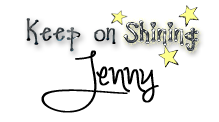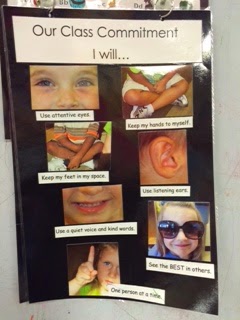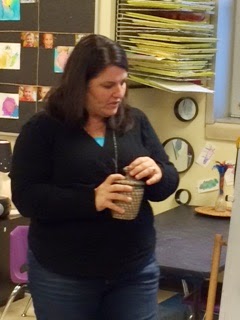I am such a geek when it comes to professional development!!! I absolutely LOVE TO LEARN!!! Something really BIG happened for me last week!!!
I reached a BIG goal!!! It has been a life dream of mine to be able to share my passion for teaching and learning on the national platform. Last week that dream came true when I presented at the
NAEYC Conference in Dallas, Texas. Lindy McDaniel from
Considerate Classroom was my co-presenter and I was thrilled to have such a talented friend along side me all the way through this experience! I could not have done it by myself!
Lindy's blog is like the MECA of Early Childhood Special Education!!! If you haven't checked it out already GO THERE NOW!!!! She is AMAZING!!! When others think there is NO way to help a child with special needs she says, "YES THERE IS"!!! She will help you find a way with all her free videos and printable downloads. She has such a giving heart!
Our presentation at NAEYC focused on helping children reach their goals and creating an optimal learning environment. We shared many ideas for focusing on WHAT YOU WANT and then figuring out the steps for getting there. You cannot change behavior by focusing on what you DON'T want!
Using a School Family Agreement is a great way to create a safe learning environment and teach children how to set and reach goals at school. These are the guidelines we use as a School Family to help us know how to interact safely with one another on a daily basis. Here is an excellent example of a School Family Agreement from a preschool classroom I visited recently.
Notice how clear and specific the each statement is. There are also appropriate pictures to show children what you WANT them TO DO. This teacher set her class up for success by making this into a ritual that they did together every day as they continued to practice how to reach each of these goals!
She has this special basket that contains the names of all her "treasures" (her students). She calls each child up to commit to keeping the School Family safe by placing their name on the Safekeeper Board near the commitments. She is brilliantly aiming her attention as well as the attention of her students on what she WANTS them TO DO! (I may or may not have gotten a little choked up when I witnessed the beauty of this ritual). :)
Finally, here is one of my dear friends who is implementing
Conscious Discipline in her
Head Start Classroom. She is absolutely brilliant and her passion for helping young children be their best just shines through!!! She is sharing her class agreement which she has taught with rhythm and motions to help her children pick up the pattern, unite, and focus on moving in a positive direction!
By making commitments we are helping our children see that they are a part of something bigger than themselves. We are also helping them discover that their teacher (the Safekeeper) is a safe conscious adult who owns their own upset, handles it appropriately, and can be trusted as a guide to come along side them whenever they need help.
My week in Dallas wouldn't have been complete without the many treasured memories I created with my Conscious Discipline Family. Dr. Becky Bailey and my dear friends have been that School Family for me and they have helped guide me as I move one step closer (with imperfect progress) toward becoming my best self! I hope you'll join me! Until next time, I wish you well!

















